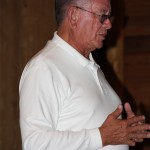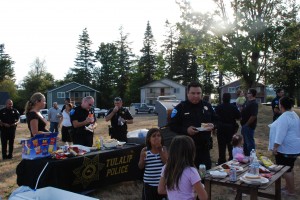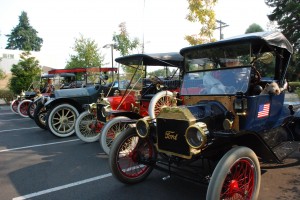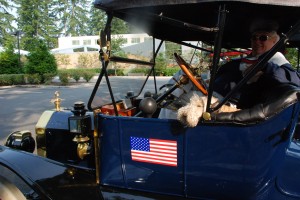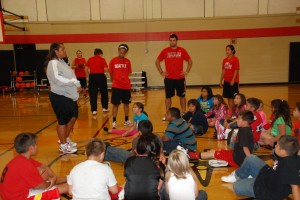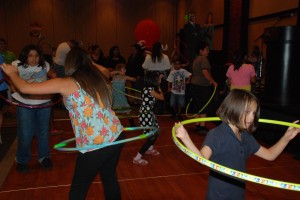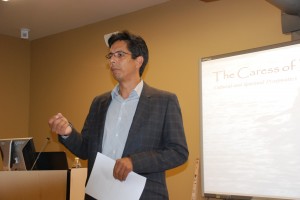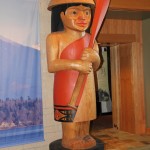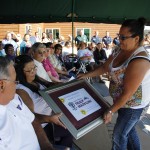
Article and photo by Sarah Miller
Tulalip, WA– We’re nearly a month into the school year and students are adjusting to their new school schedules. Some are transitioning into high school while some are just getting started in preschool. The kids have a wealth of resources at their disposal to help keep them on track in school, including the native liaisons. Not only that, both parents and students also have the youth advocates, who act as a link between schools and parents.
At the moment, there are only two youth advocates working with the Marysville School District, but Interim Youth Services Education Coordinator Jessica Bustad, encourages more people to get on board to assist tribal students and parents.
“We will be advertising within the next couple of weeks,” Jessica said. “At the moment, we have Ricky Belmont who works with Matt Remle at Marysville Pilchuck High School and Getchell High School, and Courtney Sheldon, who works with Harold Joseph at Totem Middle School. We hope to have Courtney temporarily helping out with Zee Jimicum at Marysville Middle School.”
Jessica is working to narrow the scope of what the advocates do to provide better assistance to those in need.
“We want to make sure that we are highly productive in the school district,” Jessica states. “Our main focus is to make sure every native student is being successful. We focus on academics and attendance and provide support for the liaisons. The Youth Services staff helps whenever we can if the advocates need it.”
New to the group is Courtney Sheldon, who is enjoying her position and is excited to continue to learn more.
“I think one of my challenges is that there isn’t enough time in the day to get everything done,” Courtney explains. “There’s never enough time to be around the kids and get to know them.”
Courtney is reaching out to the parents to support and help them as their child goes to school.
“I want to allow my position to be supportive both in negative and positive situations,” Courtney continued. “I also want to help kids succeed and help them become more engaged in their learning.”
Courtney’s office is located in the library at Totem Middle School. Her phone number is 425-260-4343 and her email is CourtneySheldon@tulaliptribes-nsn.gov. To reach Ricky Belmont, who was unavailable for an interview, you can call 360-716-4907, or email RBelmont@tulaliptribes-nsn.gov. To get a hold of Jessica, you can call her at 360-716-4902.

